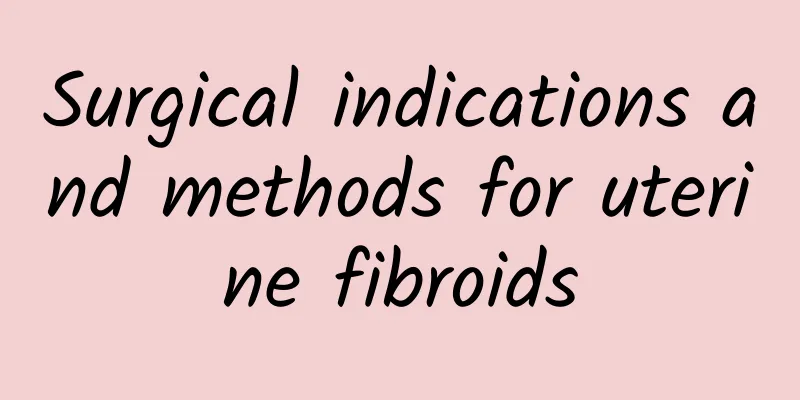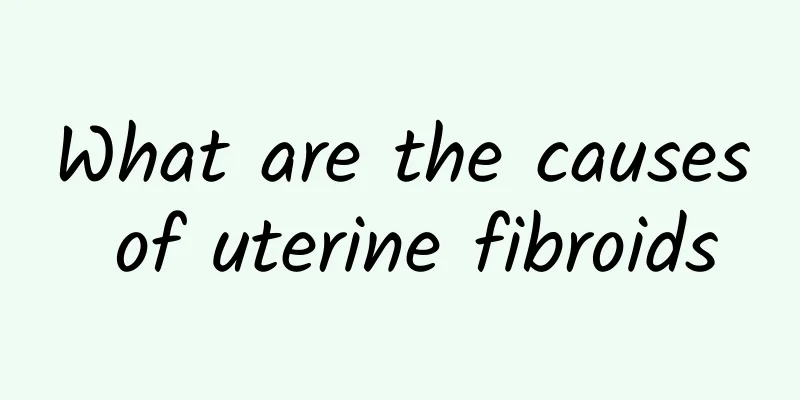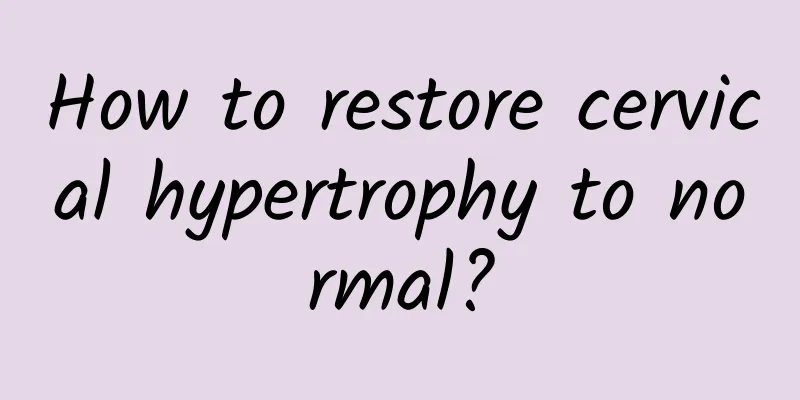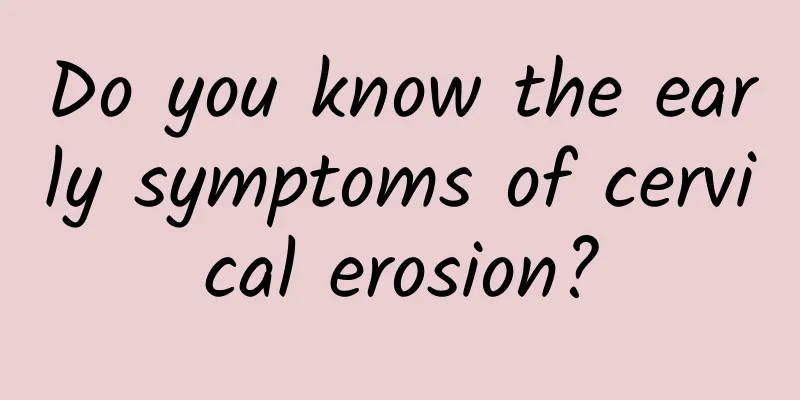This is the way to eat the thinnest! 7 principles to successfully reduce fat by half
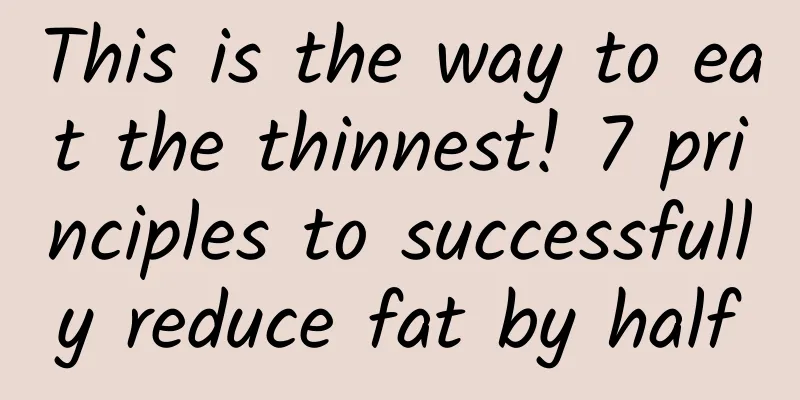
|
For people who want to lose weight, what they care most about is how to achieve the effect? In fact, losing weight is not as difficult as you think. As long as you control your diet well, you are halfway to success. The following are 8 dietary tips for weight loss, teaching you how to eat healthily and easily achieve the goal of not going hungry and effectively losing fat and losing weight. In fact, losing weight is not as difficult as you think. As long as you control your diet well, you are halfway to success. Tips1: Cherish life and stay away from dieting Fat loss means reducing intake, increasing consumption, and creating a calorie deficit. Some people will definitely ask, if you don’t eat, doesn’t it mean that there is no intake, only consumption? We must say no to this kind of dieting behavior! Dieting will indeed make you lose weight, because when you don't take in calories, your body has to start breaking down stored energy to provide energy to sustain your life, and on the other hand to reduce your consumption. If you diet for a long time, it may even break down muscles to reduce your basal metabolism. In this case, your body begins to slowly break down and consume, and your weight will decrease. However, it should be noted that once the basal metabolism is severely damaged and drops to a low value, when you resume your normal diet, or even only consume 1,000 calories a day, you will become fat again. If you choose to diet again, you will fall into a vicious cycle of "losing more and more weight". What remains unchanged is your fat, while what suffers are your muscles and basal metabolism. Tips2: Nutritional intake needs to be comprehensive and balanced In addition to dieting, we have also heard of some other seemingly "magical" weight loss methods. For example, the apple diet (from eating apples until full every day to eating only one apple per meal), the Atkins diet (using protein and fat as the main energy source for a long time, cutting off all carbohydrate intake, the same as the ketogenic diet), the fasting after noon method (not eating after noon, which is no different from dieting), etc. Most of these methods eliminate some nutrients or go without food for a long period of time during the day. Even people who are on a weight loss plan still need to consume a variety of foods in a comprehensive and balanced diet. The above-mentioned weight-loss method, if implemented for a long time, can easily cause harm to the body. For the human body, every nutrient is important and has its own significance. Long-term lack of protein will damage your muscles; long-term lack of oil will hinder the body's hormone secretion, and women may even suffer from menopause; long-term lack of carbohydrates will make people slow to react, irritable, and even cause irreversible damage to the brain. Even for competitive bodybuilders, the oil and carbohydrate fasting period at the end of the preparation period is only for a short period of time, and their purpose is not simply to lose fat. Tips3: The recommended intake ratio of carbohydrates, proteins and fats is 4:4:2 For the diet during the fat loss period, FitTime recommends that you adopt a 442 ratio, that is, 40% of daily calories come from carbohydrates, 40% from protein, and 20% from fat. Each gram of carbohydrates, protein, and fat can provide 4kcal, 4kcal, and 9kcal of calories respectively. You can search the Internet for the nutritional content of the food you consume daily to help plan your diet intake. Tips 4: Eat natural foods to replenish water moderately Regarding the choice of carbohydrates, proteins, and fats, AiMei.com recommends eating more natural foods and avoiding processed foods as much as possible, within the scope of conditions. For example, whole grains such as oats (steel cut oats/old fashion), brown rice, potatoes, and sweet potatoes are good sources of carbohydrates and can be eaten with the rice we often eat. Eggs, lean beef, chicken breast, fish and seafood should be your main sources of protein. When processing meat, you should try to remove visible fat. During the fat-loss period, try to avoid the intake of egg yolks and control it to no more than one a day. Nuts are rich in many nutrients and are a good source of fat for the human body. In addition, nuts, fish oil, natural peanut butter, olive oil, grapeseed oil, coconut oil, etc. can provide you with high-quality beneficial fats. At the same time, you should try to eat more vegetables to supplement fiber and vitamins. For example, spinach, cabbage, celery, tomatoes, carrots, fungi, asparagus, etc. are all good choices. In addition, you should develop a good habit of drinking water, and don’t always wait until you feel dry mouth before thinking about drinking water. Water can effectively increase your metabolism. Tip 5: Eat small meals frequently, 5-6 meals a day, the meal after exercise is the most important The principle of eating small and frequent meals should be followed in diet. Eating 5 to 6 meals a day is a more reasonable arrangement. For most people, the first meal of the day is usually between 6:30 and 7:30. Just make sure your breakfast contains enough carbohydrates and protein to ensure you get a good start to your day. Morning snacks can be served between 9:30 and 10:00, lunch between 12:00 and 12:30, and afternoon snacks between 14:30 and 15:00. In addition, for friends who engage in sports training after get off work or get out of class, you can choose to take some quickly absorbed nutrients within 1 hour before training, such as banana + egg protein, as a source of supplementary nutrition. It is also fine to eat after training. Dinner can be scheduled about an hour after training. The meal after training should be a meal rich in nutrients to help muscles recover. As for the calories in each meal, you can choose to distribute them evenly, and allocate a little more to breakfast and after training. Tips 6: Cheat meals/cheat days to avoid weight loss fatigue Many people have heard of cheating meals/cheating days, but do not know the principles behind them. One very important point is Leptin. Leptin is an important protein that helps regulate the body's fat load. It decreases as body fat decreases. If it falls below a certain limit, fat will no longer be consumed during all exercises and may even cause fat accumulation. If people occasionally eat a high-fat, high-carbohydrate meal during fat loss, they can increase the level of lean protein/leptin and continue to consume body fat. Even a cheat meal after high-intensity training can promote muscle growth. If people occasionally eat a high-fat, high-carbohydrate meal during fat loss, they can increase the level of lean protein/leptin and continue to consume body fat. Even a cheat meal after high-intensity training can promote muscle growth. Generally speaking, a cheat meal/cheat day once a week is a reasonable frequency. If you eat a cheat meal every two or three days, all your previous efforts will be wasted. On cheat days, you don't have to pay attention to the calorie count on your diet and don't have to control it deliberately, but you can't pursue a super high-calorie diet either. It is generally enough to just maintain the principle of eating whatever you want. This can be regarded as a liberation for your body and can also help avoid weight loss fatigue. The daily calorie intake after starting to lose fat should not be less than 1.1 times the basal metabolic rate. In addition, do not reduce calories all at once, but do it gradually, starting from the first day, reducing 50 calories a day until you reach your target calories. Source: 39 Health Network www.39.net Please do not reprint without written authorization |
<<: High fiber eliminates fatty liver, don't eat high GI fruits by mistake
>>: Fat for Chinese New Year! 40% of people gain nearly 2kg without diet restrictions
Recommend
Recommended hospitals for hyperprolactinemia
Where is the best hospital for the treatment of h...
How to rule out a molar pregnancy
How to rule out hydatidiform mole? Ruling out hyd...
Is endometriosis infertility easy to treat?
Endometriosis is a disease that troubles many wom...
What vegetables should be eaten to eliminate uterine fibroids?
Uterine fibroids are a common benign tumor in wom...
My period just ended but I still feel pain in my stomach. What's wrong?
My period just ended but I still feel tingling in...
Common knowledge of daily care for patients with uterine fibroids
Women are more likely to suffer from uterine fibr...
What are the traditional Chinese medicines for treating ovarian cysts?
What are the traditional Chinese medicines for tr...
Precautions for Trichomonas vaginitis
Trichomonas vaginitis often recurs after menstrua...
Difference between pelvic inflammatory disease and adnexitis
Pelvic inflammatory disease and adnexitis are bot...
Where is the pain in adnexitis?
The pain of adnexitis is mainly located in the lo...
What are the prevention methods of adnexitis?
In recent years, the number of patients with adne...
Chronic cervicitis and life expectancy: the importance of proper treatment and care
I often worry about the impact of chronic cervici...
What are the common early symptoms of uterine fibroids?
What are the early symptoms of uterine fibroids? ...
How to prevent endometrial tuberculosis
Since endometrial tuberculosis often occurs after...
What foods should not be eaten during uterine fibroid surgery? What foods should not be eaten during uterine fibroid surgery?
What foods should you avoid eating during uterine...



